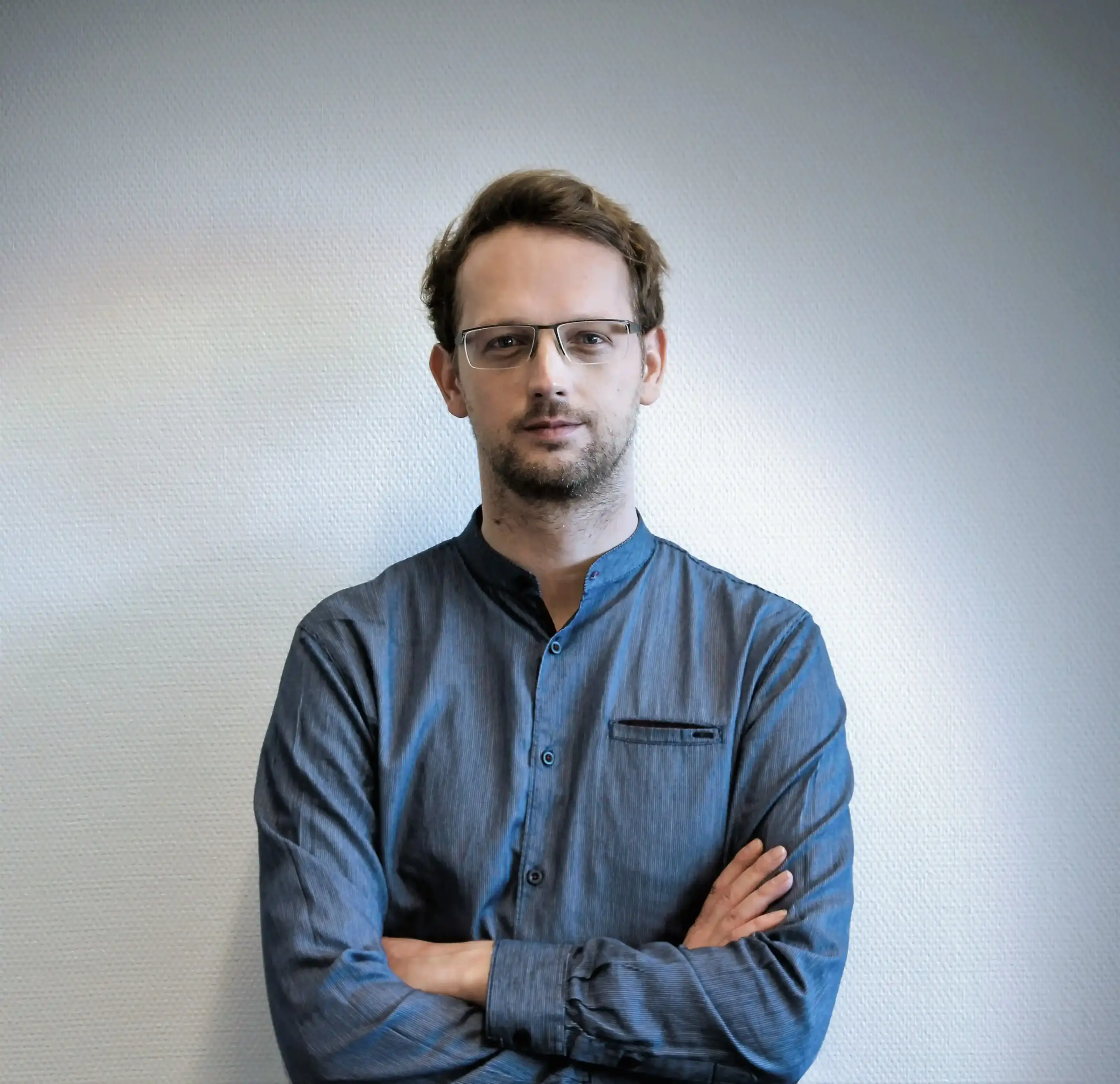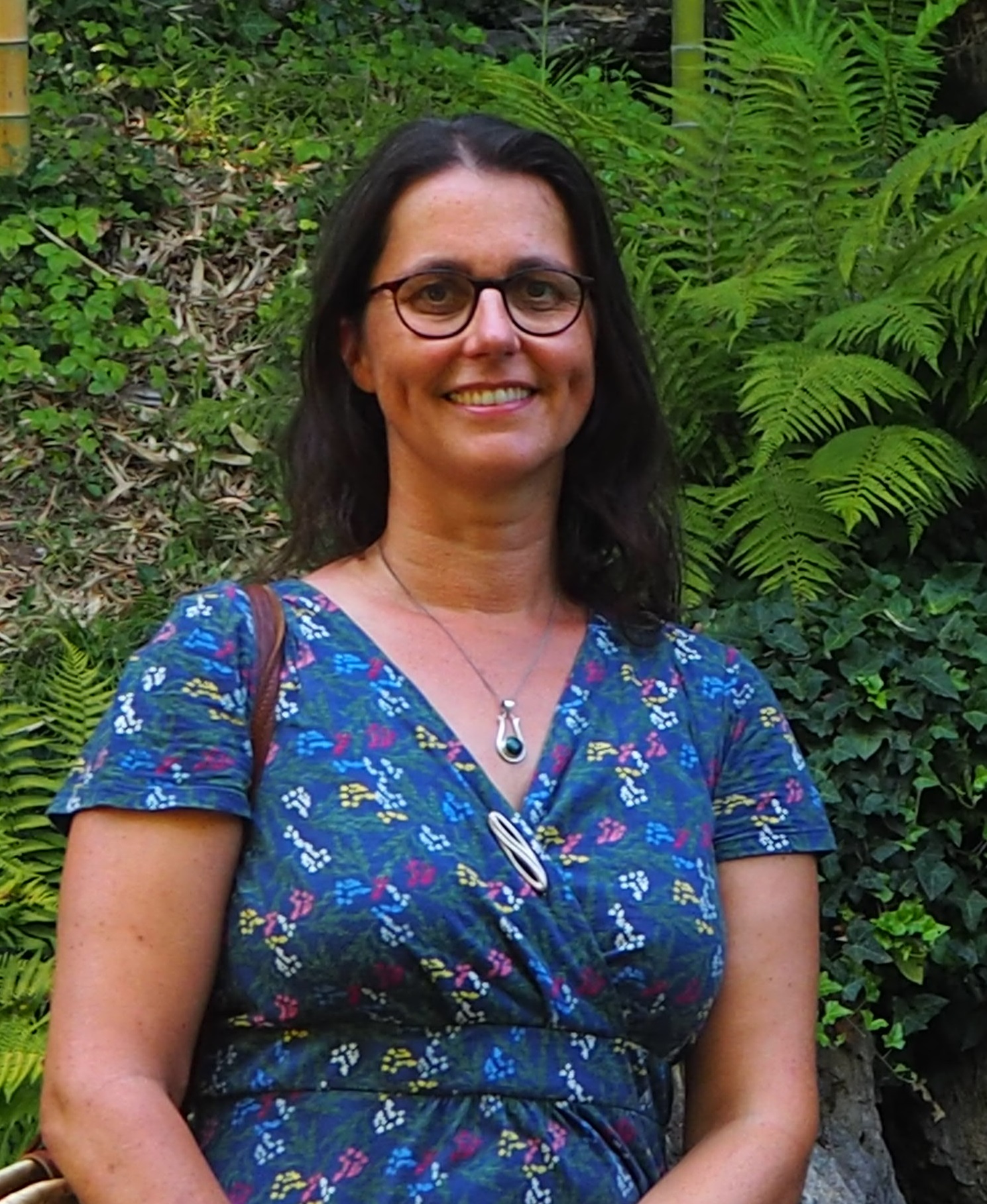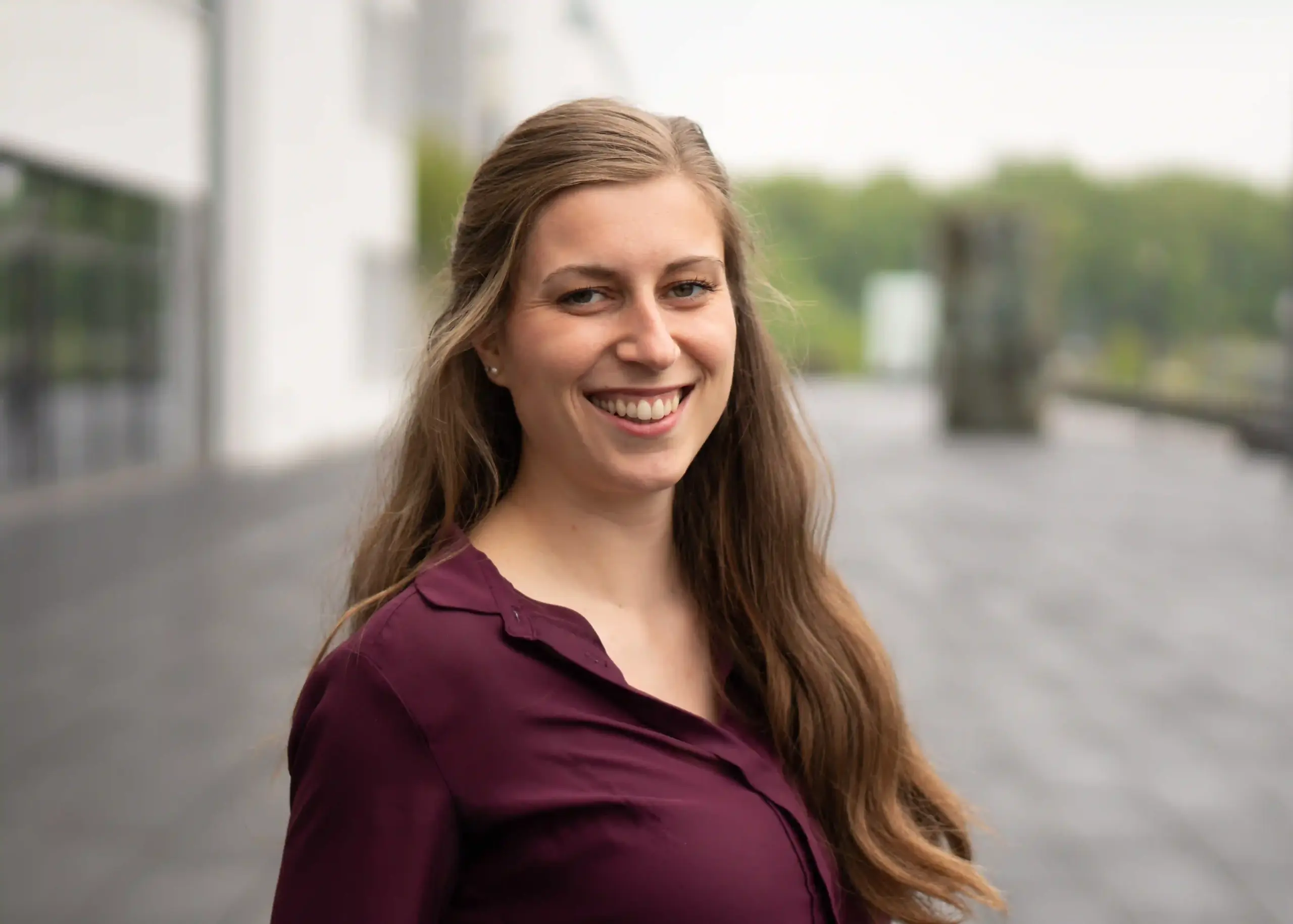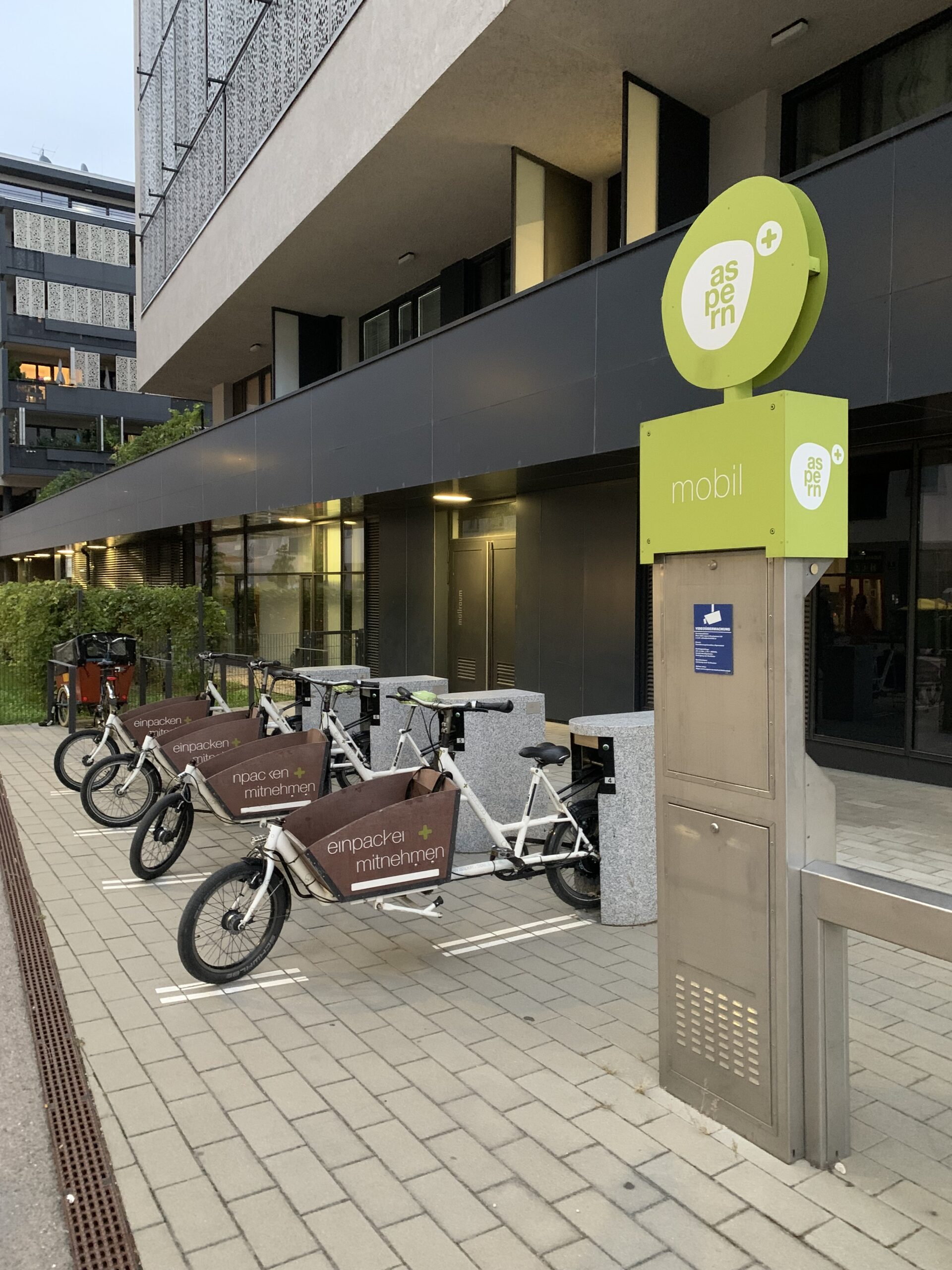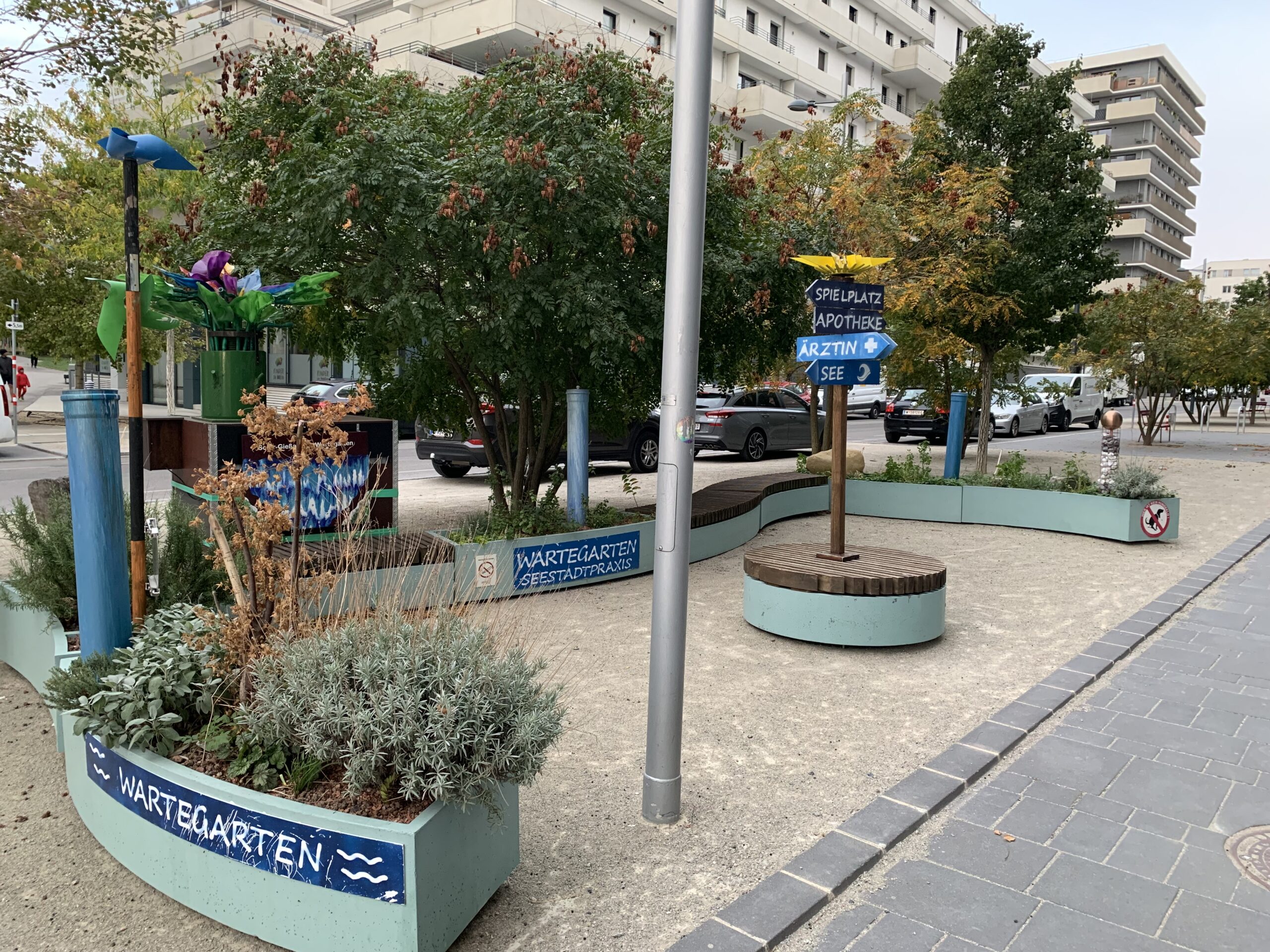Post
4 Min.
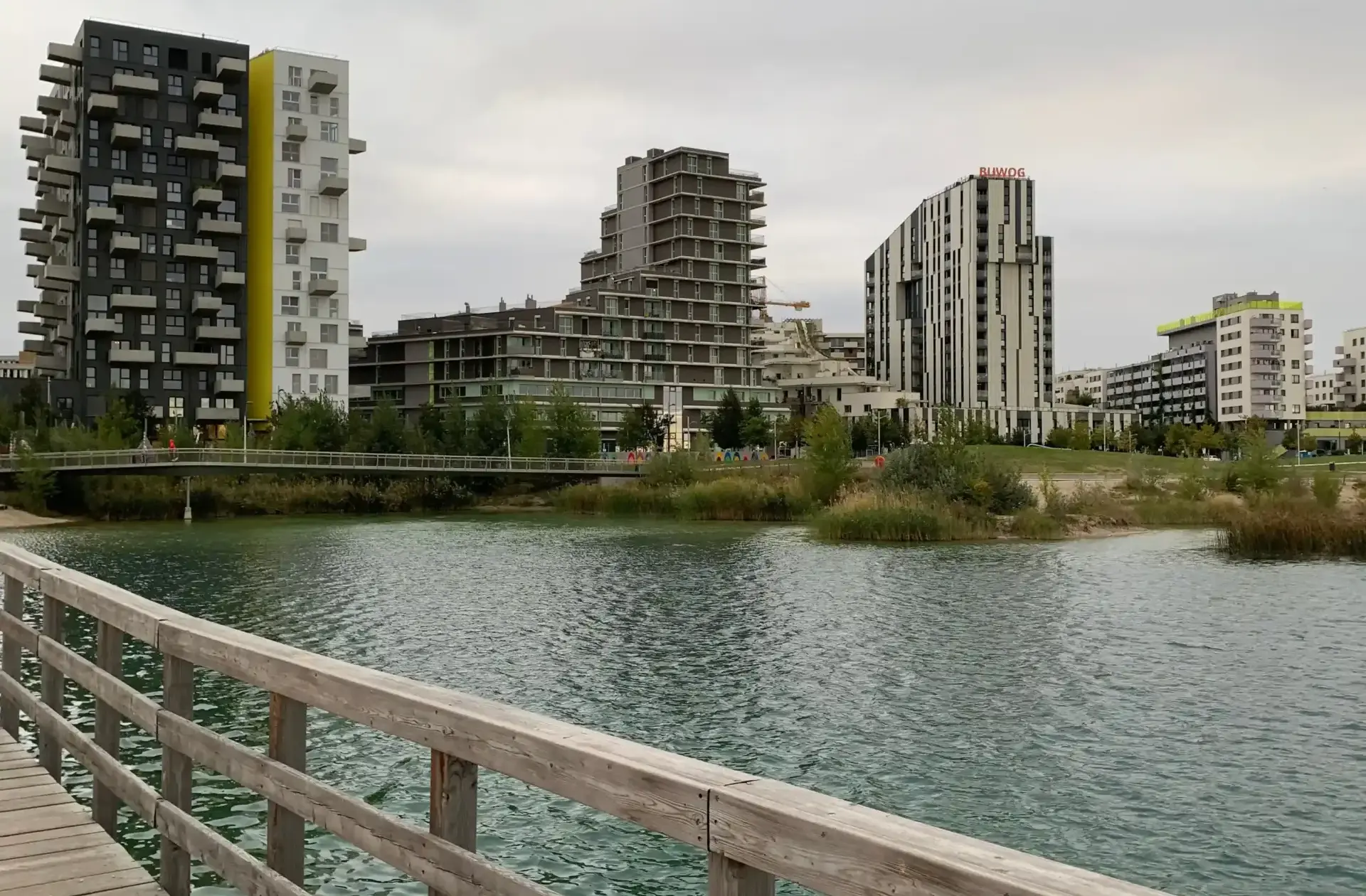
31. July 2025
Healthy in the city: these places change our way of living
A 15-minute walk to work, school or the park – sounds wonderful, doesn’t it? But for many city dwellers, the reality is quite different. Parents in particular sometimes commute for over half an hour to work, make detours to pick up their children from daycare and regularly get stuck in traffic jams. This daily routine is stressful and bad for our health.
The way a city is structured has a significant impact on our health. High noise levels, high air pollution, unsafe transport routes and long commutes make us ill and shorten our life expectancy. Quiet, clean, safe and green neighbourhoods with good public transport connections, on the other hand, improve our health, as several studies have shown.
Experts from the Academy of Spatial Research and Planning in the Leibniz Association (ARL) spent three years investigating how cities can be designed to be healthier. As part of the ‘Urban Planning for Health Equity’ project, people from the fields of urban planning, health science and landscape architecture worked together.
The working group examined several European cities that are already focusing on healthy urban planning. What are they doing to improve the health and satisfaction of their populations? Here we present four positive examples from Germany, Poland, Austria and the Netherlands.
Workers district Nikiszowiec: The 100-year-old role model
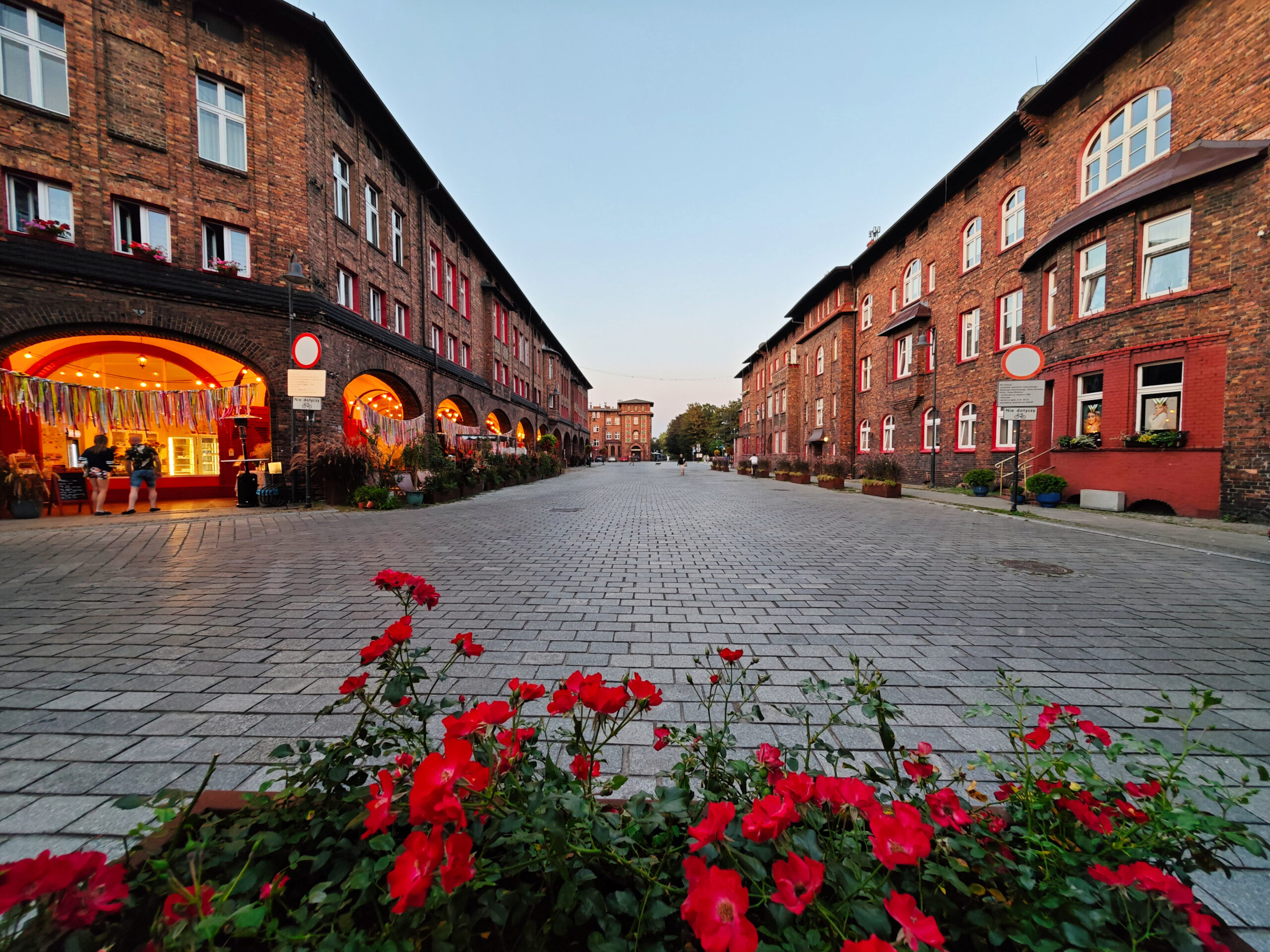
The Nikiszowiec district in Katowice was formerly a mining settlement and is now a listed historical site. Even today, it is still designed so that people can reach supermarkets, schools, healthcare facilities and other essential amenities within a 15-minute walk. This is unique and stems from the fact that Nikiszowiec used to be a workers’ settlement where miners lived with their families and worked nearby. Because mining in Upper Silesia was growing very rapidly at the time, there were not enough homes. Therefore, at the beginning of the 20th century, it was decided to build new settlements for the workers.
By building the new neighbourhood, the employer not only provided the miners with a roof over their heads, but also everything they needed to live: schools, shops and doctors’ surgeries right on site. The comprehensive concept aimed to ensure the highest possible level of living comfort. For the time, this was very exemplary and modern.
Bochum-Wattenscheid: Grey industrial city turned green oasis
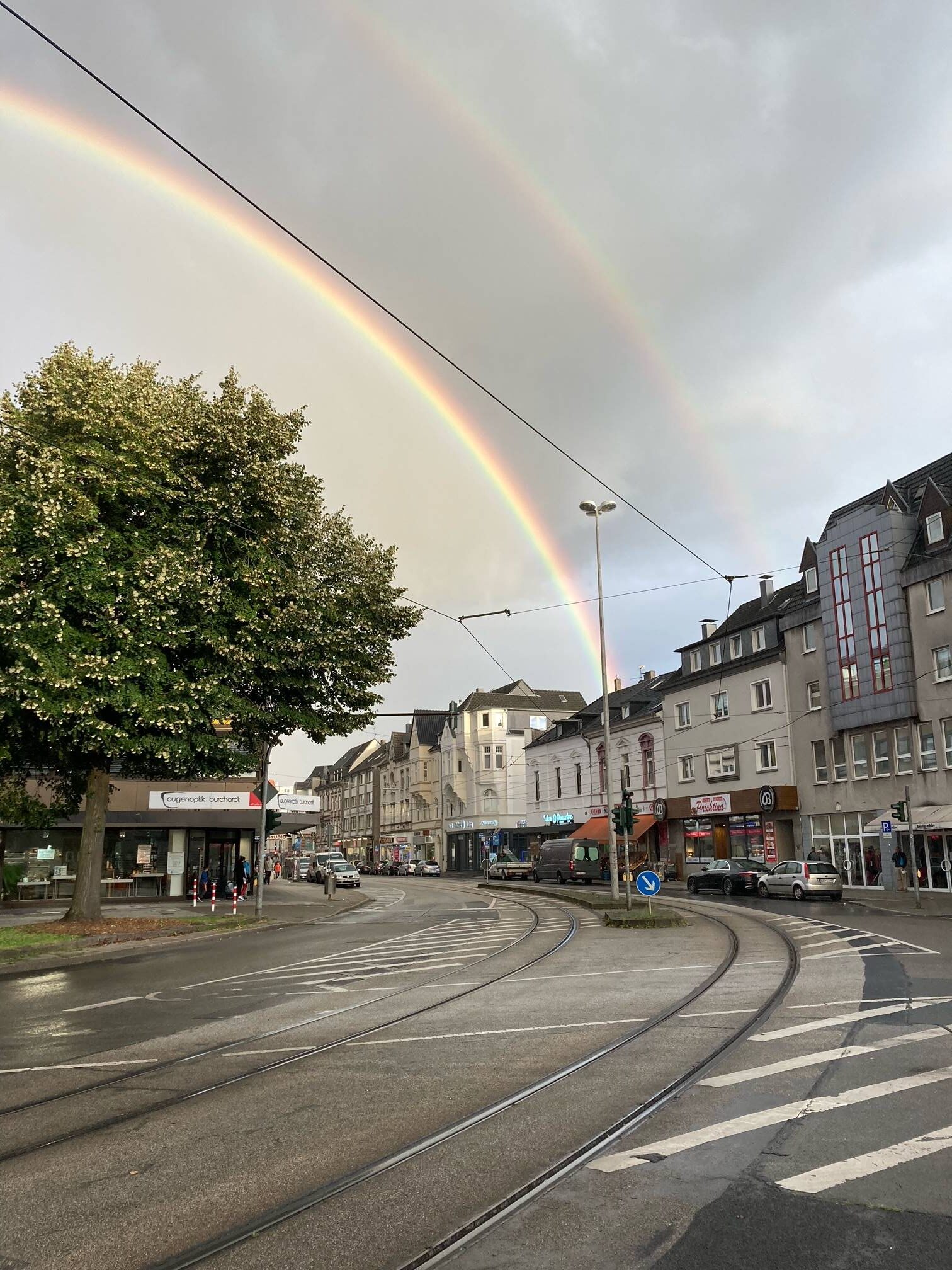
Wattenscheid used to be a separate town and has changed significantly in recent decades. It used to be home to many factories and was characterised by grey industrial buildings. In recent years, many façades have been redesigned and more and more green spaces have been created. The district is making many efforts to make the area more liveable.
Part of Wattenscheid is now part of the ‘Social City – WAT in Motion’ programme. This involves people from the fields of health and urban planning working together. The team helps people in the neighbourhood and works with them to plan improvements to make certain parts of the city more attractive and liveable.
Two experts from the health department and urban planning showed the members of the working group around the neighbourhood. They explained the significance of particular places:
- Peace Park at the Memorial: It used to be neglected and hardly used. Today, it is a popular park with playgrounds and sports fields.
- Traces of industry: At the market square, you can still see that Wattenscheid has an industrial past – history is visible in the cityscape. This is important for people to feel comfortable in their city, because Wattenscheid reminds them of their own history.
- August-Bebel-Platz: This square used to be noisy and busy. Now it is to be redesigned to make it a pleasant place to spend time – green, safe and liveable. But that’s not so easy, because the people in the area and the homeowners have different ideas about what the square should look like, and new routes have to be found for car traffic. In addition, a conversion costs a lot of money, takes many years and requires compliance with many laws and regulations. This requires good planning and a lot of cooperation.
Seestadt Aspern in Vienna: the city of short distances
Other good examples are neighbourhoods where people can reach everything they need within ten to 15 minutes on foot or by bike. This is being attempted, for example, in Seestadt Aspern, a new development in Vienna, Austria. Here, for example, short distances are planned so that flats, schools, supermarkets, offices, doctors’ surgeries, playgrounds and cafés are close together and people do not need a car for their daily journeys. In addition, footpaths and cycle paths are being well and safely developed.
With fewer parking spaces on the streets, it is quieter and safer on the roads. Cars can be parked in car parks on the outskirts of the neighbourhood. Some people no longer need a car at all. Underground trains and buses enable people to reach more distant destinations quickly and in a climate-friendly way. In addition, great importance is attached to green parks, public spaces, a large lake and plenty of seating.
Delft: New traffic routes for more safety
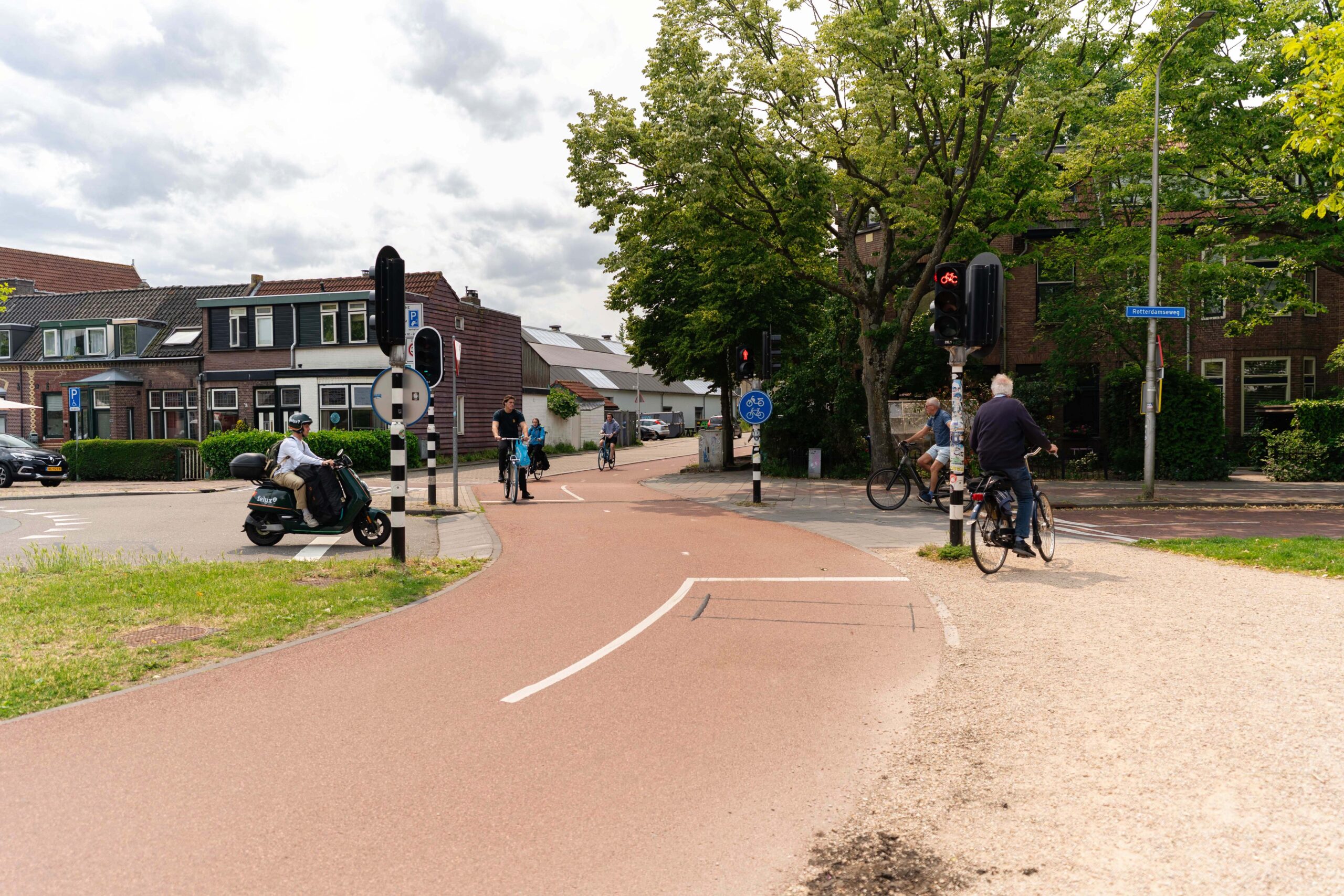
The city of Delft in the Netherlands also plans to become a 15-minute city. Many good cycle paths have already been built there in recent years. However, there is often a lack of footpaths or crossing facilities for people who are travelling on foot rather than by bicycle or car. Now, the footpaths are also to be made more attractive and safer.
Über diesen Artikel
Lesen Sie auch
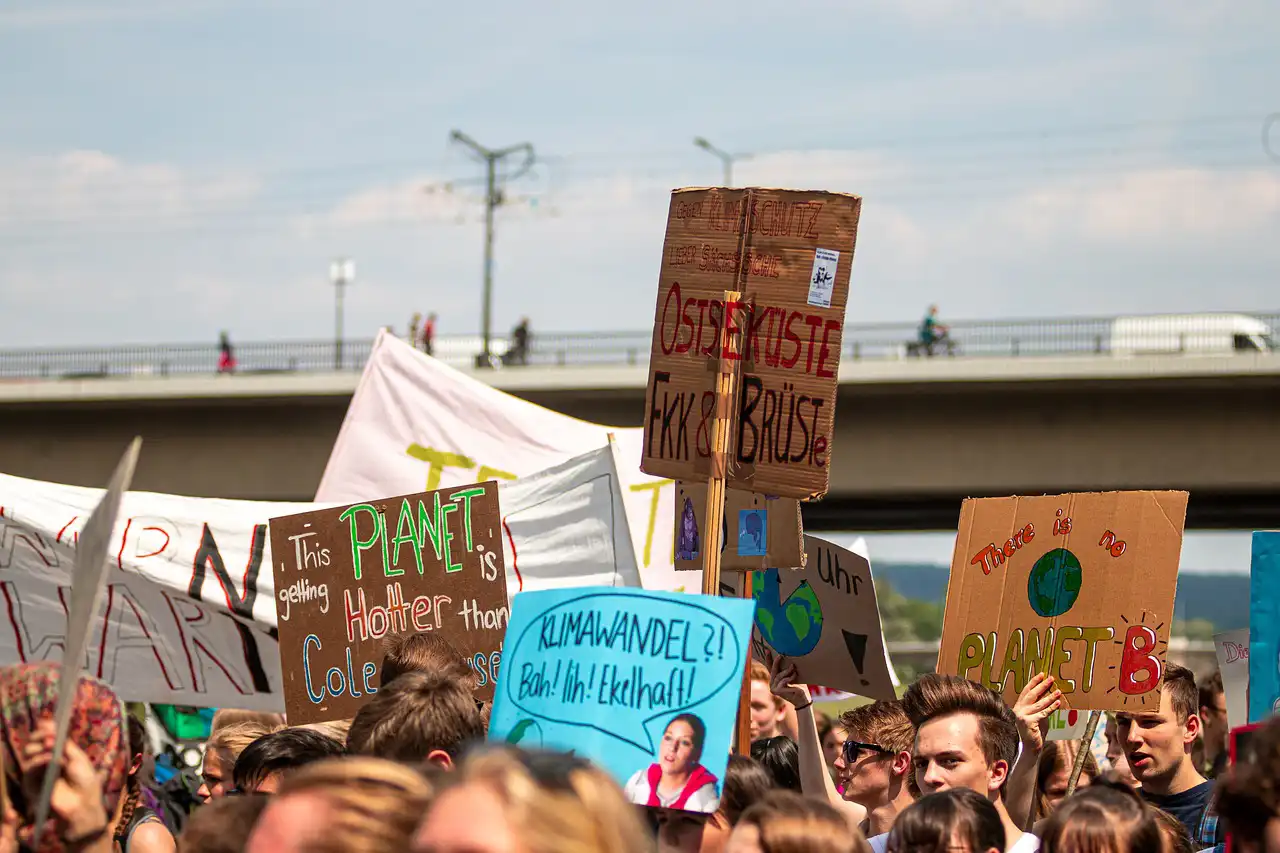
Social-ecological transformation: Stuck between enthusiasm, resistance and unusual alliances
Between optimism and resistance: the socio-ecological transformation is dividing society. While some are calling for radical change, others want to prevent any environmental protection measures. Unusual alliances could help the transformation succeed.

How communities can improve the integration of migrants
Millions of people seek asylum in Europe every year. However, complex rules make it difficult for migrants to arrive and integrate successfully. Local authorities have opportunities to facilitate the integration process. We present a few examples.
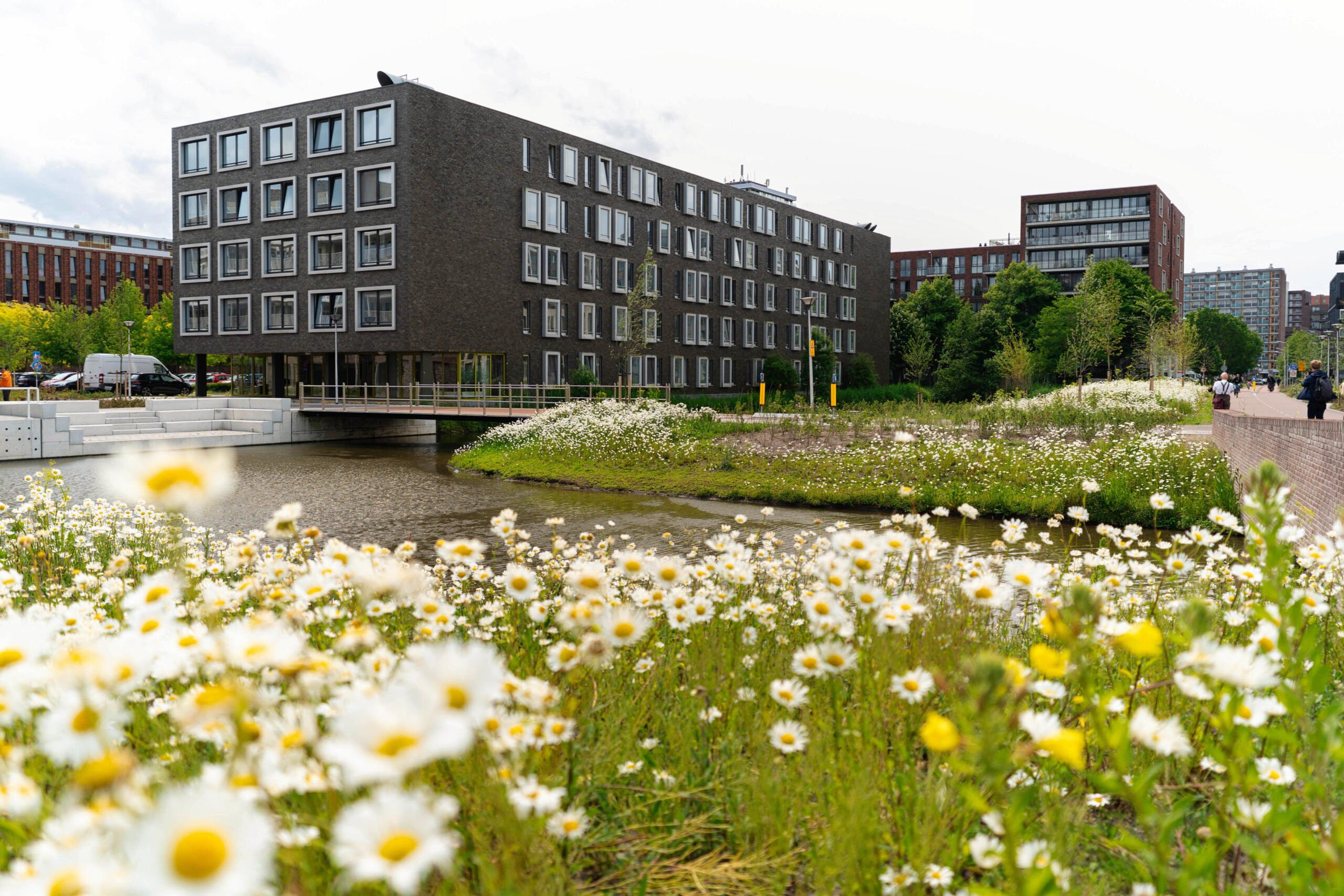
From street noise to equal opportunities: how cities can make us healthier
There are significant differences between cities in terms of how healthily people can live. Some cities set a good example and pay close attention to the health of their residents. Other neighbourhoods are very noisy, dangerous and have high levels of air pollution. There are fewer green spaces or suitable places to play and exercise. […]

